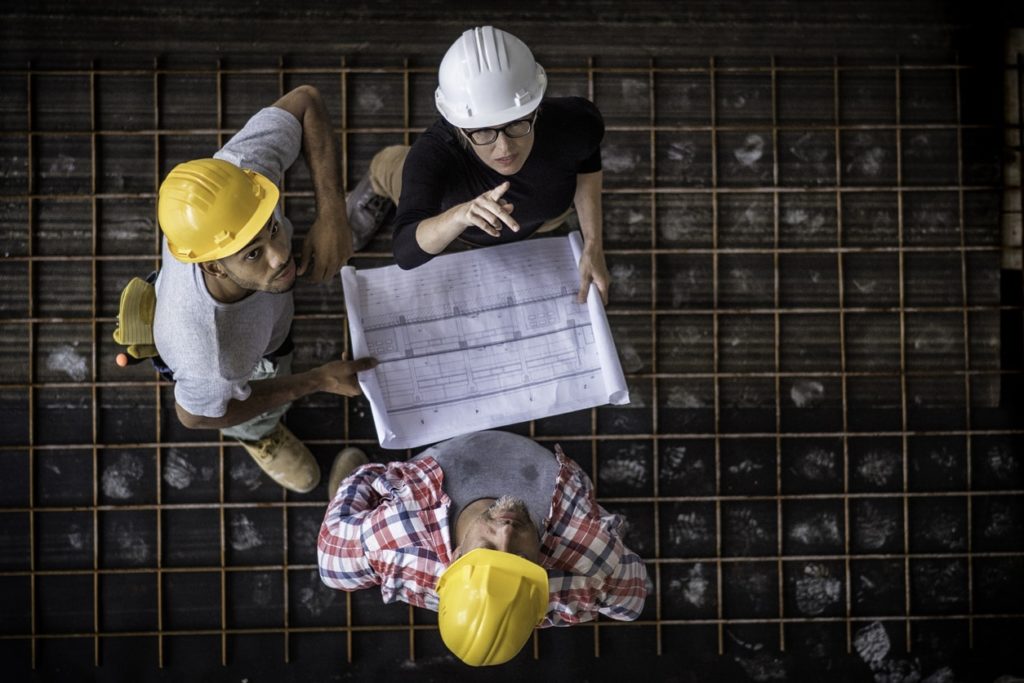Building or property managers often manage facilities that have been around for many years. They may even be older than the property managers. Subsequently, many managers are also likely to experience certain issues pertaining to the building’s structure and the various equipment contained within it. Some of this equipment may include printers used to create drawings and the myriad paperwork that these printers create. To effectively manage buildings as well as their outdated equipment and systems, it’s important to understand the past.
As Carl Sagan famously put it, “You have to know the past to understand the present.”
If you don’t understand the past behind your facilities, you won’t be able to successfully manage them. This is because you don’t understand how they work. Take the time to look at the background of your buildings and equipment. So you’ll be well-equipped to deal with any issues that come about. You may also be able to make a more successful transition to contemporary solutions that improve upon the efforts of the past.

Why Building Managers Should Know the Past Behind Their Properties
There are multiple reasons why it’s necessary to understand the past and the systems and structures associated with a property.
Deal With Potential Breakdowns
If you have a good understanding of how your building and various pieces of equipment work, you’ll be able to prevent possible breakdowns and subsequent downtime. Otherwise, when something happens to hinder your operations, you won’t know the ins and outs of the facility or machinery to inform you of what specifically occurred. You would then need to spend more time figuring out what happened. This would only complicate matters as you suffer from even longer periods of downtime.
The more you know about what you’re working with, the more prepared you’ll be in the event of a malfunction or shutdown.
Make Future Maintenance Easier
Preventative maintenance and minor repairs are also inevitable. If you know how your facilities and systems work, you’ll know what to look for as wear and tear develop. You’ll also have a better idea of when you require maintenance and what specifically needs it. This will help keep your systems running efficiently as well as minimize the risk of potential breakdowns.
Be Prepared for Emergencies
You never know when an emergency could take place. From a building fire to a massive mechanical issue that compromises your operations and the safety of others. If you have a good understanding of your property’s layout, functionality, and the equipment on every floor, you can develop emergency plans for them in the event of a catastrophe. In turn, you’ll be able to remain comfortable in knowing that your systems and the people within your building are consistently safe. If and when an emergency does take place, you’ll have the resources to resolve the situation much more efficiently. This could even mean the difference between a minor emergency and a tragedy.
Manage Your Budget More Effectively
Having a clear window into your property’s past will also help you establish a budget that makes sense. As you look to maintain your facilities or consider making upgrades, you can determine how this would impact your budget. Based on the age and extent of repairs or upkeep needed, you would be able to more accurately calculate how much these tasks will cost you. You’ll then be able to make more informed budgeting decisions that help minimize expenses while maximizing profitability.

Know Who to Hire for the Job
Chances are that if you require maintenance at any point, you’ll want to work with reliable maintenance contractors. However, you need to make sure the contractors you hire are capable of working with your specific facility or equipment. If you know what you’re dealing with, you can more selectively hire contractors who can actually help you.
How You Can Understand Your Property’s Past
If you want to know the background of your property and learn all about the equipment you’re working with, there are certain steps you can take. For instance, you can:
1. Inspect the Entire Facility
You can really learn about your building by exploring it in depth. Consider inspecting the building yourself or hiring inspectors to take a closer look at every part of the building. You may learn about certain potential problems early on that could have led to an unpleasant surprise if left unaddressed. You’ll also know more about how the building operates and determine how the layout will affect operations and emergency plans.
2. Figure Out What Requires Upgrades
For older drawing equipment and other systems, you need to know the original equipment’s intended use. Based on the functionality of your equipment, you can better determine what will require upgrades or complete replacements to bring your building into the modern age.
3. Recover Information from Previous Managers
Find out what previous managers had to deal with and try to obtain their records. This can provide invaluable insight that helps you manage the property while further informing you of what requires updates and changes.
Work With the Drawing Specialists to Learn the Past and Move Forward
If you’re a building manager working with outdated engineering drawing systems and production methods, let the experts at DCM help move your business into the future.
With the help of our paperless drawing solutions, we can eliminate the need for extensive paper drawings, which can free up storage and make operations more efficient than ever. Less paper also makes for an even safer facility for occupants.
Simply hand your drawings to us and we’ll equip your business with a digital system that allows for easy organization. Through the implementation of an optimized and automated drawing system, you’ll never have to worry about losing important documents or spending time locating master drawings. You’ll never need to deal with the myriad hassles that come with outdated paper drawings.
Want to learn more about DCM’s capabilities and start working with the Drawing Specialists to digitize your drawings? Contact us today and we’ll put you in touch with one of our representatives.
